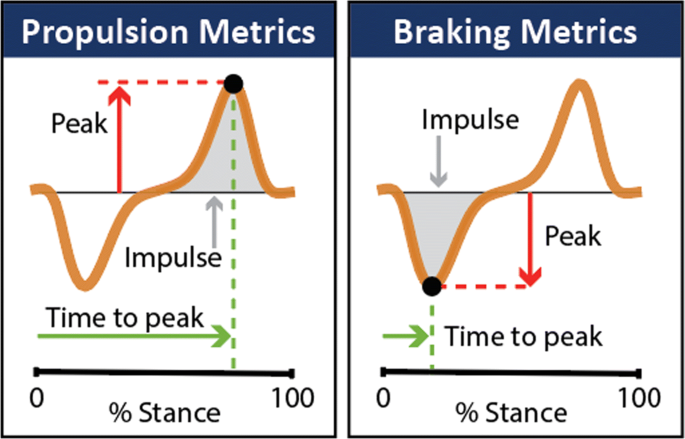A higher level of early-life cognitive enrichment --
such as learning a foreign language, reading and being read to, and
playing games like checkers -- was tied to a slower rate of late-life
cognitive decline, a clinical-pathological longitudinal cohort study
showed.
This effect occurred partly through an association with lower levels
of Alzheimer's pathology changes, reported Shahram Oveisgharan, MD, of
Rush University in Chicago, and colleagues, in
JAMA Neurology.
"The
findings suggest that cognitive health in old age depends in part on
cognitive development in early life," Oveisgharan told
MedPage Today.
"Intervention programs such as Head Start targeting disadvantaged
youths can result not only in better school performance and better job
opportunities, but also in healthier late-life cognition and cognitive
resilience," he said.
"Notably, these effects were independent of late-life socioeconomic
status and late-life reports of cognitive activity, suggesting the
benefits of early-life cognitive enrichments go beyond long-term changes
in lifestyle or behavior," observed Timothy Hohman, PhD, of Vanderbilt
University Medical Center in Nashville, and Catherine Kaczorowski, PhD,
of the Jackson Laboratory in Bar Harbor, Maine, in an
accompanying editorial.
"These findings carry important public health implications,
suggesting that late-life cognitive decline can be modified through
thoughtful and intentional changes to public policy addressing
early-life enrichment, defined herein by socioeconomic status in early
life, availability of cognitive resources at 12 years of age,
participation in cognitively stimulating activities at 6 years of age,
and to a lesser extent, early-life foreign language instruction," they
added.
Physical and
cognitive activities in midlife have been tied to less late-life cognitive decline in earlier research. Previous studies also have shown that
mentally-stimulating late-life activities may help slow brain aging.
In this analysis, Oveisgharan and colleagues evaluated 813 autopsied brains from the
Rush Memory and Aging Project
to explore whether early-life experiences were associated with
Alzheimer's pathology. Study participants had enrolled from 1997 to
2019; they were followed for an average of 7 years before death and had
cognitive and clinical assessments annually. Mean age at death was 90
and 69% were women.
At baseline, participants reported four indicators of early-life
cognitive experience that researchers used to build a composite measure:
early-life socioeconomic status including parents' education level;
availability of cognitive resources at age 12 based on home environment
features like a newspaper subscription, encyclopedia, globe, or atlas;
frequency of participating in cognitively stimulating activities
including being read to at age 6; and early-life foreign language
instruction to age 18.
The
researchers derived a continuous global Alzheimer's pathology score
from counts of diffuse plaques, neuritic plaques, and neurofibrillary
tangles and used 19 neuropsychological tests to create a cognitive
assessment measure.
After controlling for age at death, sex, and educational level, a
higher level of early-life cognitive enrichment was tied to a lower
global Alzheimer's pathology score (estimate -0.057±0.022,
P=0.01), but not with any other dementia-related pathological changes.
Early cognitive enrichment also was associated with less cognitive
decline (mean -0.13 units per year, range -1.74 to 0.85). An indirect
effect through Alzheimer's pathological changes accounted for 20% of the
association between early-life enrichment and late-life cognitive
decline; 80% was a direct association, the researchers reported.
"In addition to increasing cognitive reserve and promoting better
cognitive performance in late life, early-life cognitive enrichment also
promotes what has recently been termed resistance to Alzheimer's
disease neuropathology, in that it reduces the risk of developing
Alzheimer's disease neuropathology through an unidentified mechanism,"
Hohman and Kaczorowski noted.
"There
may be a critical early-life period when cognitive enrichment has
direct effects on future Alzheimer's disease neuropathology, in addition
to the well-characterized cognitive benefits associated with a variety
of similar measures of cognitive reserve," they added.
Participants in the study largely were women and white and results
are not directly generalizable to the population, Oveisgharan and
colleagues said. "Our childhood socioeconomic measure is unlikely to
have fully captured the variability in early life socioeconomic
circumstances," they acknowledged. Early-life data were captured
retrospectively and subject to recall bias, and unmeasured confounders
may have influenced results.
Last Updated June 30, 2020
-
Judy George
covers neurology and neuroscience news for MedPage Today, writing about
brain aging, Alzheimer’s, dementia, MS, rare diseases, epilepsy,
autism, headache, stroke, Parkinson’s, ALS, concussion, CTE, sleep,
pain, and more.
Follow
Disclosures
The study was supported by the National Institute on Aging.
Researchers disclosed support from the NIH.
Editorialists disclosed support from the NIH and BrightFocus Foundation.
Primary Source
JAMA Neurology
Secondary Source
JAMA Neurology



